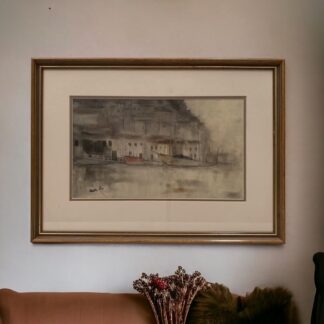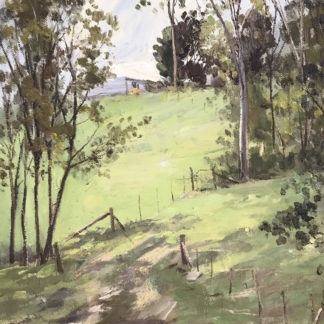Bio
Jozsef Balogh Bio
An internationally famous Hungarian artist whose works hang in 30 major collections across four continents Balogh was born at Szeged in Hungary in 1922 and was conscripted into the Hungarian air force when World War II broke out.
After the war he was captured by the occupying Soviet forces and deported to a slave labour camp at Groznyy, where he lived under appalling conditions until his release in 1950.
Balogh had always had a talent for art, so when he returned to Hungary he enrolled at the Desi Hubert School of Fine Art in Budapest where he spent four years learning his craft. But in 1956 – fed up with Communist rule – he actively participated in the Hungarian Uprising, until he was eventually forced to flee to the Netherlands alongside 150,000 others to escape the Soviet troops sent into to quell the situation.
Shortly after arriving in the Netherlands, Balogh was approached to paint a portrait of Queen Juliana – a great honour that eventually launched him on a career painting the great and famous in Europe, Asia and Australia.
Meeting his first wife Maria in 1959. The couple relocated to the French Riviera and Spain before eventually deciding to try Australia, arriving in Sydney with their new son in 1962. For the next few years, the pair alternated between Australia and Europe. But by the time they divorced in 1966, Balogh found he’d fallen in love with Australia’s light and landscapes. In the decades that followed, Balogh painted over 400 portrait commissions of tall poppies from almost every walk of life, including Prime Minister Harold Holt, State Premier Mike Ahern, Cricket Captain Greg Chappell, and racing legend Bart Cummings. His landscapes other figurative work reflected both the varied Australian landscape – from red raw outback scenes to the paradise of tropic north Queensland – and the characters he discovered during his travels Jozsef met his second wife, Anna, in Sydney, and the couple went on to live in almost every mainland state capital and far North Queensland before they finally settled Murgon. Balogh’s style owed a lot to the discipline and training he received at the Budapest art college, but also reflected the tradition of French Impressionism and pleine air painting, which allowed scope and freedom for his masterful brushwork.













